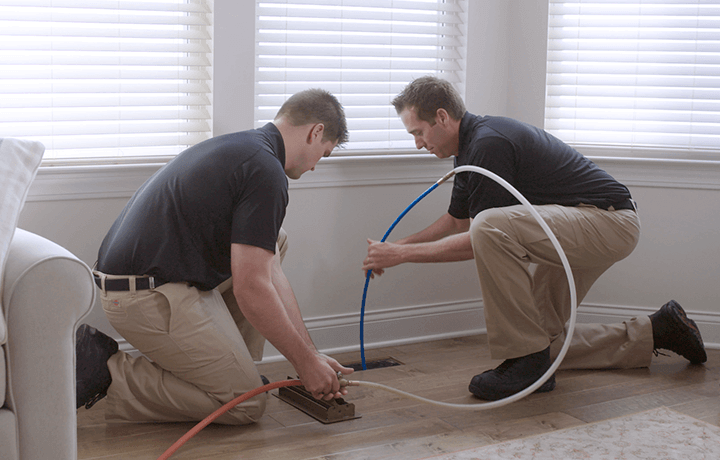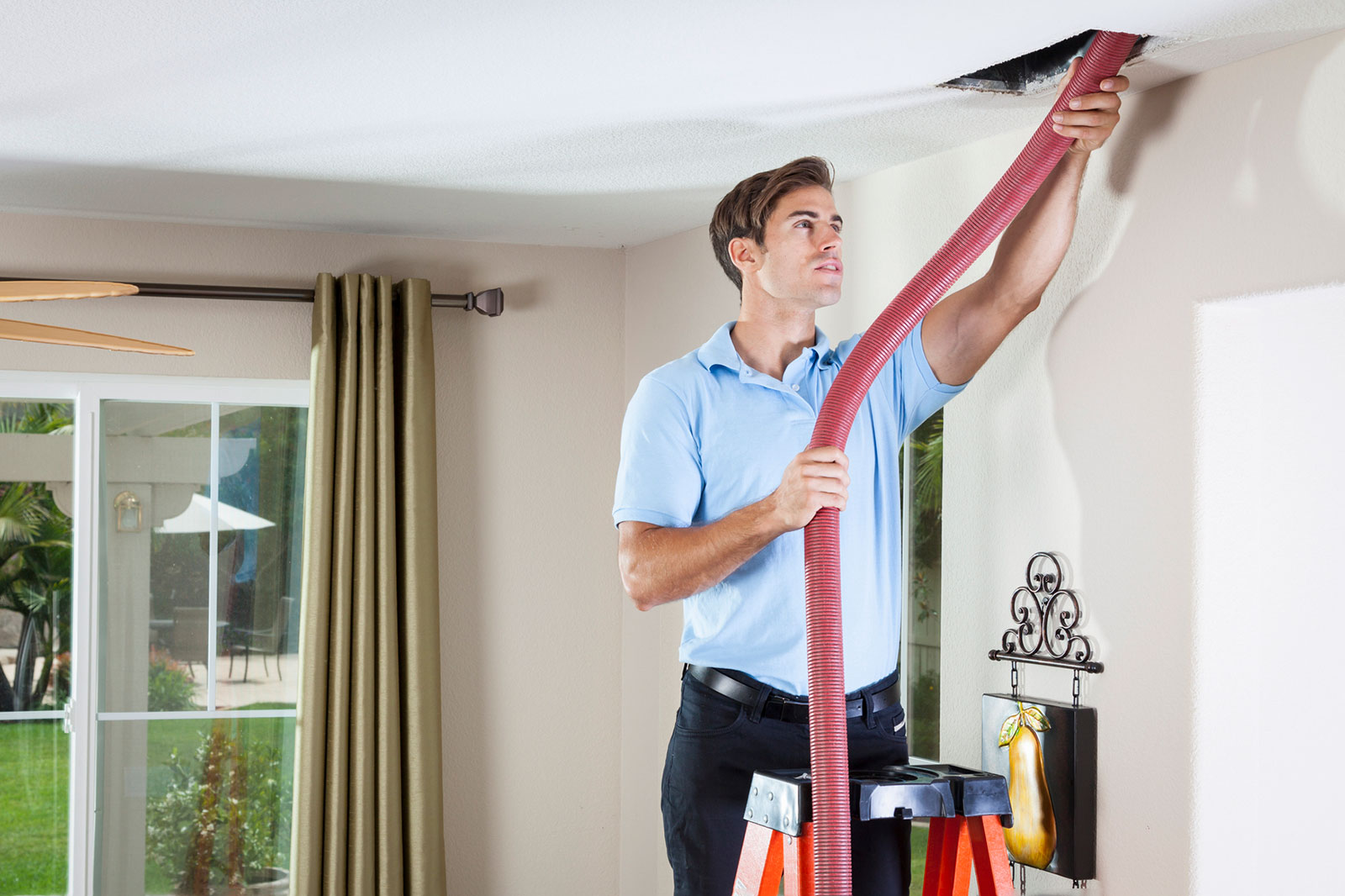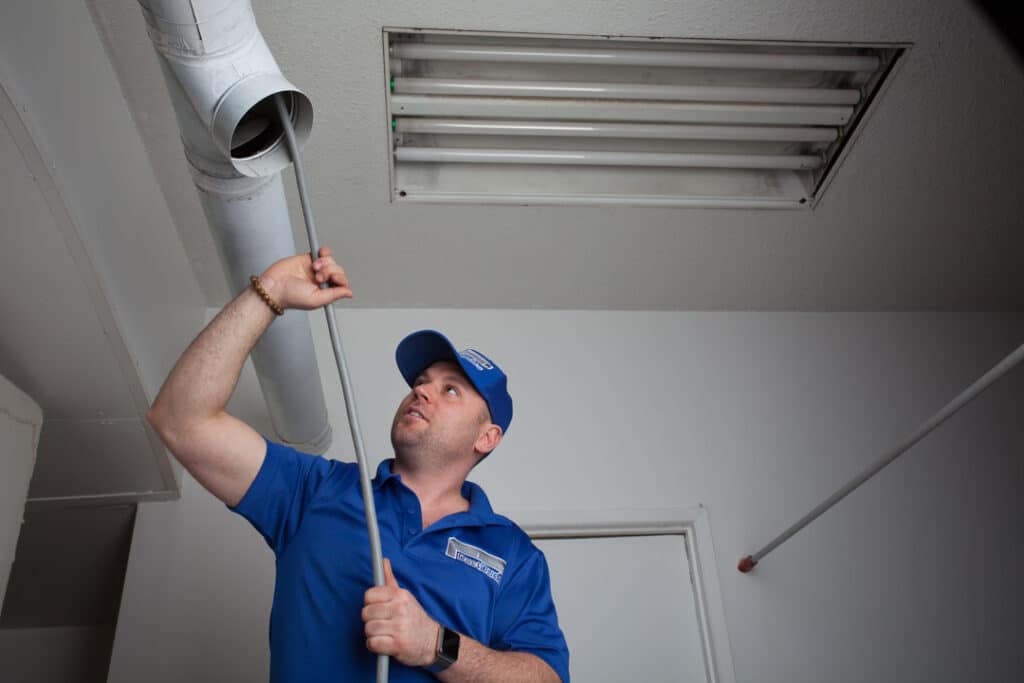If you’ve been looking into advanced air conditioning solutions, you might have come across the term VRV HVAC system. But what is a VRV HVAC system exactly, and why is it gaining popularity among both homeowners and business owners? The acronym VRV stands for Variable Refrigerant Volume, a type of HVAC technology designed to optimize energy efficiency and comfort.
Introduced by Daikin Industries in the early 1980s, this technology represents a significant leap forward in climate control. By offering individualized control over different zones within a building, VRV systems can greatly enhance both comfort and efficiency. Intrigued? Let’s dive deeper into the tremendous benefits and features of VRV HVAC systems.

How Does a VRV HVAC System Work?
Components of a VRV HVAC System
The VRV system typically includes multiple indoor units connected to a single outdoor unit. These components are designed to work in harmony, ensuring optimal performance and energy efficiency. Key components include:
- Outdoor Unit
- Indoor Units
- Refrigerant Piping
- Control System
The Principle of Variable Refrigerant Flow
The core principle behind VRV, or Variable Refrigerant Flow (VRF), involves dynamically adjusting the refrigerant volume to match the exact requirements of different zones. This innovation leads to reduced energy consumption and enhanced comfort.

Advantages of VRV HVAC Systems
Energy Efficiency
One of the most compelling reasons to consider a VRV system is its energy efficiency. By allowing precise control over individual zones, these systems minimize wasted energy. Studies have shown that VRV systems can save up to 40% on energy consumption compared to traditional HVAC systems.
Customized Comfort
Every room or zone can be customized to meet the specific needs of its occupants. This means you can have one room set to a cooler temperature and another set to be warmer, all while maintaining overall system efficiency.
Reduced Installation Costs
Although the initial investment may be higher, the overall installation costs can be lower because fewer components are needed. With a single outdoor unit supporting multiple indoor units, the VRV system offers a cost-effective solution for larger buildings.

Applications in Diverse Settings
Residential Use
Homeowners are increasingly opting for VRV systems due to their efficiency and customization options. Whether you live in a small apartment or a large house, a VRV system can adapt to your needs.
Commercial Use
The benefits of VRV systems extend to commercial buildings as well. Offices, hotels, and retail spaces can all benefit from the energy efficiency and customizable comfort that VRV systems provide. For more insights, you might want to check Commercial duct cleaning.

Technical Overview
Control Systems
Modern VRV systems come equipped with advanced control systems that allow for easy management. Whether you’re using a wall-mounted unit, a remote control, or even a smartphone app, these systems are designed for user-friendly operation.
Maintenance Requirements
Regular maintenance is essential to ensure the long-term efficiency of your VRV system. This includes routine checks of the refrigerant levels, cleaning the indoor and outdoor units, and ensuring the control systems are functioning properly. Learn more about maintenance from our guide on residential duct cleaning.

Comparisons with Other HVAC Systems
Traditional HVAC Systems
Traditional systems often lack the flexibility and efficiency of VRV systems. They generally employ a fixed refrigerant flow, which can lead to inefficiencies and higher energy costs.
Split Systems
Split systems offer some level of customization but are usually limited in their scope compared to VRV systems. They may require multiple outdoor units, which can be less space-efficient.
Cost Considerations
Initial Investment
The initial cost of installing a VRV system can be higher than that of a traditional HVAC system. However, the long-term savings on energy bills often justify this initial expenditure.
Operational Costs
Due to its energy-efficient design, the operational costs of a VRV system are generally lower. This means that over time, the system can pay for itself through reduced energy bills.
Environmental Impact
Sustainability
VRV systems are designed with sustainability in mind. By reducing energy consumption, they help lower your carbon footprint. Additionally, many VRV systems use eco-friendly refrigerants that are less harmful to the environment.
Recyclability
Many components of a VRV system are recyclable, making it a more environmentally responsible choice. From the metal used in the outdoor units to the plastics and electronic components, VRV systems are designed for end-of-life recyclability.
Choosing the Right VRV System
Consider Your Needs
Before opting for a VRV system, it’s essential to consider the specific needs of your building. What are the size and layout? How many zones will require individual temperature control? Answering these questions will help you choose the right system.
Consult with Experts
Always consult with HVAC experts to ensure that you choose the most suitable VRV system for your home or business. Professional advice can help you navigate the complexities and make an informed decision.
Installation Process
Professional Installation
Installing a VRV system requires specialized knowledge and skills. It’s essential to hire professionals with experience in installing VRV systems to ensure optimal performance and longevity. For guidance, check out this article on renting air duct cleaning equipment.
Inspection and Testing
After installation, thorough inspection and testing are crucial. This ensures that all components are working correctly and that the system is set up for maximum efficiency and performance.
FAQs
Is a VRV system suitable for my home?
Yes, VRV systems are highly adaptable and can be customized to meet the needs of various types of homes and buildings.
Are VRV systems energy-efficient?
Absolutely. VRV systems are designed to optimize energy usage, potentially reducing energy consumption by up to 40% compared to traditional systems.
What is the lifespan of a VRV system?
With proper maintenance, a VRV system can last up to 20 years or more, making it a long-term investment in comfort and efficiency.